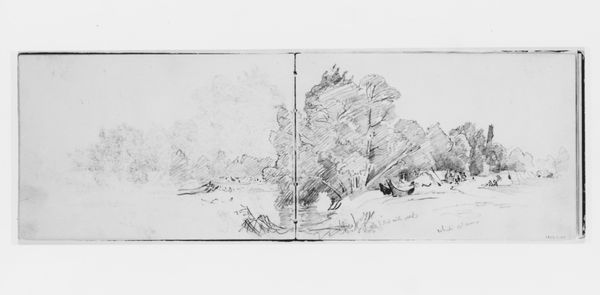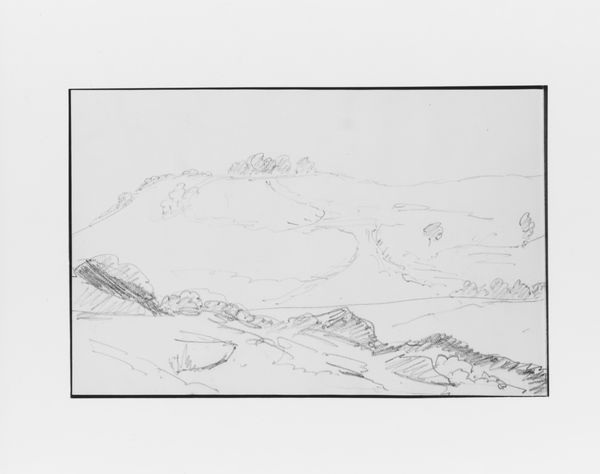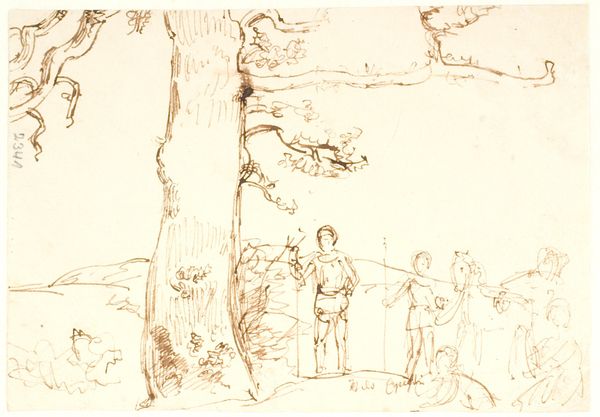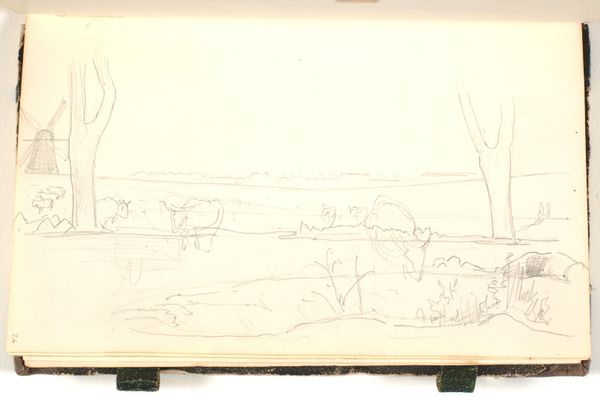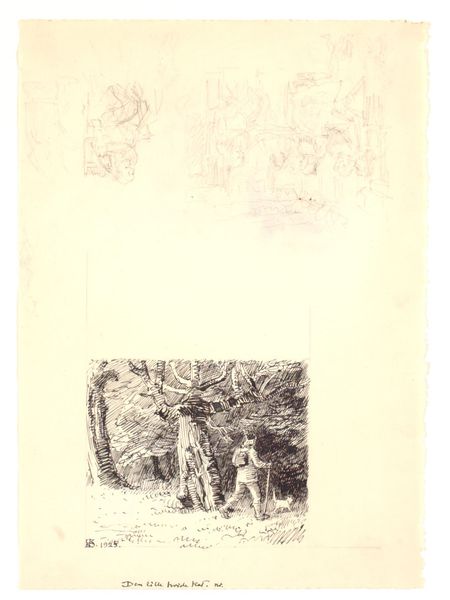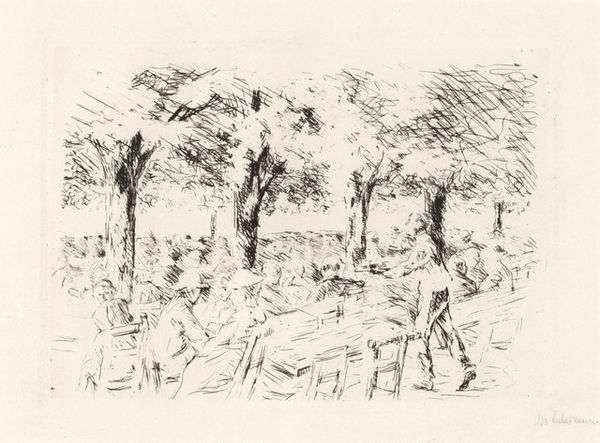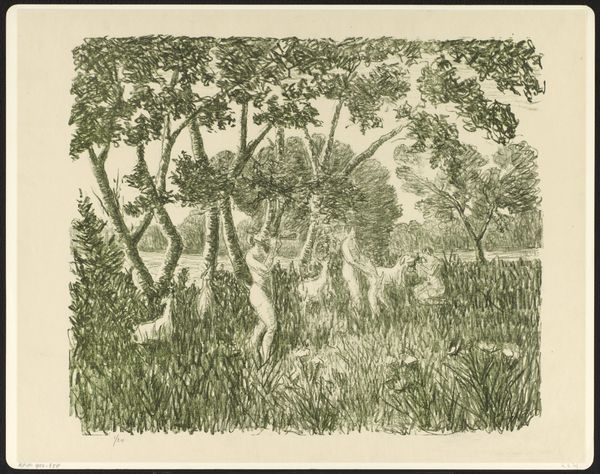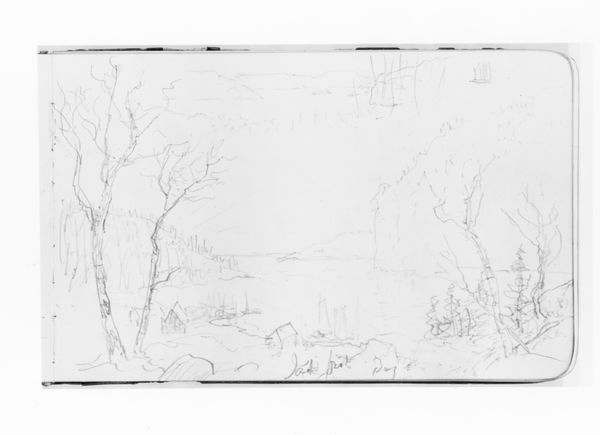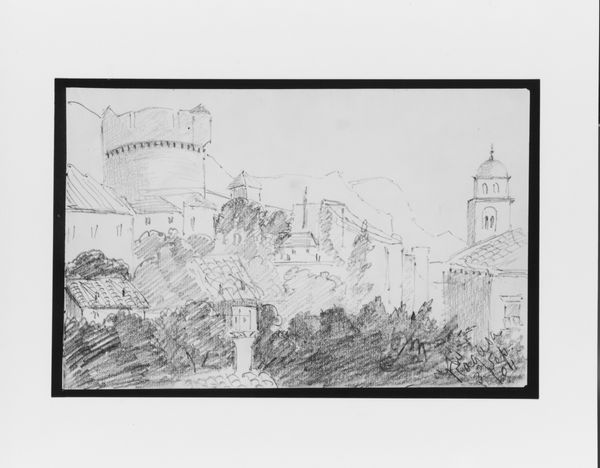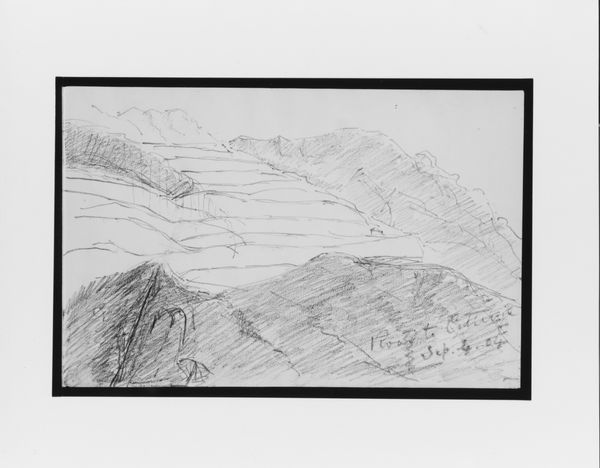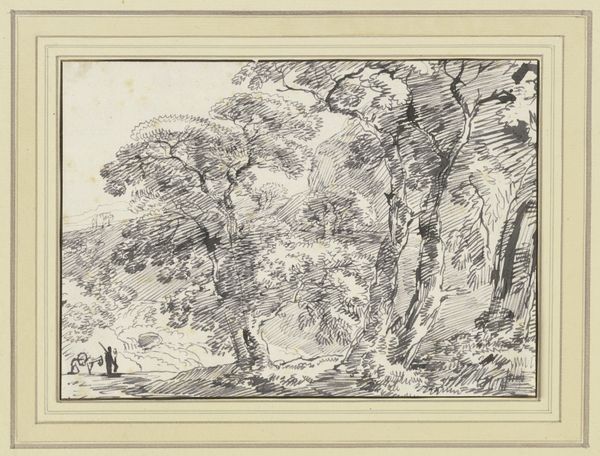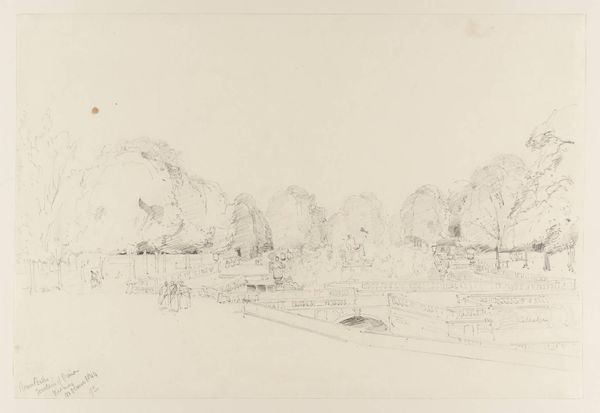
drawing, pencil
#
portrait
#
drawing
#
landscape
#
figuration
#
black and white
#
pencil
#
cityscape
#
realism
Dimensions: 5 1/4 x 8 1/4 in. (13.3 x 21 cm)
Copyright: Public Domain
Editor: This is Mary Newbold Sargent's "Cattaro (from Sketchbook)," created in 1904 using pencil. It feels like a casual, yet observant snapshot of a moment in time. What stands out to you about this particular piece? Curator: What strikes me is the method Sargent employed here. We see readily available materials, pencil and paper, used not for a grand commission, but likely for personal documentation. This act elevates the everyday—the sketch—to something worthy of consideration, resisting a purely academic approach to art. What do you think this means for accessibility? Editor: That's a good question! If Sargent considered the sketch worthy of attention, perhaps it democratizes art by shifting focus from solely the final "polished" piece to the artistic process itself, therefore inspiring viewers. But is there a socio-economic element too? Pencil was obviously more accessible to Sargent than, say, oil paint might be to a working-class artist? Curator: Precisely! Consider the availability of materials and the portability of a sketchbook versus the logistics of setting up a studio. How might this affect not just *who* can create, but also *where* and *when*? Sargent's access influences both her subject matter and how she engages with it. The immediacy is crucial. Editor: So, the value shifts from the perfect end result to the more immediate documentation, thanks to portable materials. Do you think her background influences her decisions about production? Curator: Undoubtedly. We see it, for example, in her choice of locations. What would be different if this had been created by someone without access to the location depicted? And who else would be depicting it? Editor: Thinking about process and availability really does change how I see this piece. I never would have considered the materials as having such importance. Curator: It is about more than "just the image," the value resides in recognizing how labor, access and production dictate how that image came to exist.
Comments
No comments
Be the first to comment and join the conversation on the ultimate creative platform.
